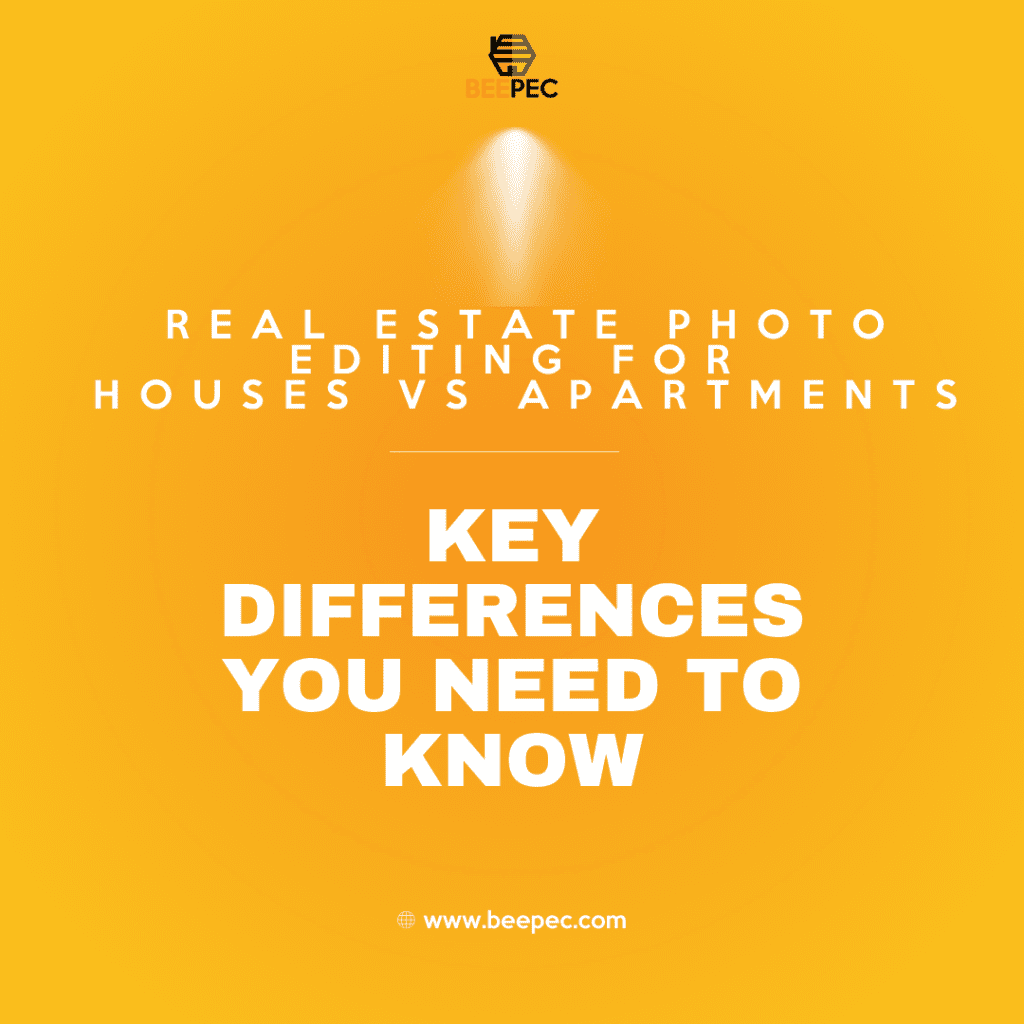“A Picture is Worth a Thousand Words” is a phrase that truly resonates in today’s real estate photography market, embodying the dedication, technique, and time that each photographer invests. This saying captures the powerful role that a high-quality real estate image plays in capturing potential buyers’ attention and accelerating agents’ property sales. A standout photo has the unique ability to make buyers pause during their online search, drawing them in and sparking genuine interest.
Creating these captivating photos isn’t easy—it’s a process, a careful combination of multiple elements. Among these, selecting the optimal time of day is a key factor that significantly impacts the quality of a photo.
This article will explain how timing can enhance real estate images and help you understand the role of natural light in photography.
Natural light produces various colors and contrasts in photos depending on factors like weather, season, location, and time of day. Choosing the best time of day for real estate photography is crucial in creating visually compelling images that highlight each property’s unique qualities.
1. Best Times Of Day For Real Estate Photography
- Golden Hour (Early Morning or Late Afternoon)


The golden time or golden hour, which occurs shortly after sunrise or before sunset, is the most ideal time, and offers the most natural light for real estate photography. The light is soft and warm, creating a welcoming ambiance that enhances the property’s charm and appeal. These warm tones make exterior shots look more inviting and give interiors a cozy, inviting glow that captures viewers’ attention. This gentle, golden light highlights architectural details and landscapes, creating photos that are not only visually engaging but also evoke a sense of comfort and style.
One more plus point, shooting during these times, light is balanced and fewer harsh shadows, bright daylight can also highlight interiors. Shooting during the golden hour accentuates these features for residential properties with landscaping and outdoor spaces. The soft lighting enhances the colors and textures of the garden, pool, or patio, making them more appealing to buyers.
- Avoiding Harsh Sunlight
The biggest problem with taking pictures in the sun is the strong shadows and high contrast it creates, overexposed spots where the sun’s glare can wash out all the details. This is really not the suitable time to shoot the photos. To minimize these effects, it’s best to avoid shooting during peak sunlight hours, typically between 11 a.m. and 3 p.m., when the sun is at its highest point.
2. Seasonal Considerations


Seasonal considerations play a crucial role in real estate photography, as each season brings unique lighting conditions and environmental changes that can impact a property’s visual appeal. In spring and summer, lush greenery, blooming flowers, and vibrant foliage add color and warmth, making properties look lively and inviting. Bright, longer days also allow for more flexibility in shooting times, with plenty of natural light available.
In autumn, the warm, earthy tones of falling leaves provide a beautiful, seasonal backdrop, adding depth and character to exterior shots. Capturing properties during fall can create a cozy, inviting look, ideal for homes in suburban or rural settings.
Winter presents different challenges and opportunities, depending on the location. For properties in snowy regions, snow-covered landscapes can make photos look fresh and serene, enhancing curb appeal with a clean, crisp appearance. However, shorter days and colder temperatures can limit shooting windows, so planning for midday when the light is brightest is key.
Each season offers distinct advantages that, when planned and utilized, can showcase a property at its best, giving potential buyers a sense of its year-round appeal.
3. Weather Influences


Weather plays a significant role in real estate photography, as different weather conditions can greatly impact the lighting, mood, and overall appearance of a property in photos.
Clear, sunny days are ideal for bright, vibrant exterior shots, adding a sense of warmth and energy to outdoor spaces. However, too much sunlight can lead to harsh shadows, so shooting during golden hour on these days is often best to create balanced lighting.
Overcast days, on the other hand, provide soft, diffused light that reduces shadows and glare, making it an excellent choice for both interiors and exteriors. This type of lighting can help showcase the details of a property without distracting shadows, creating a neutral and professional look.
Rainy or stormy weather can be more challenging but also offers opportunities to capture dramatic or cozy atmospheres, especially when shooting interiors. A rainy-day backdrop, for instance, can enhance the warm lighting and textures of a home’s interior, while a post-rain setting with wet pavements or lush greenery can add a sense of freshness to exterior shots.
Lastly, snowy weather can provide a crisp, serene look to properties in winter, with snow-covered landscapes adding a picturesque quality to photos. Seasonal weather changes can be an advantage when used thoughtfully, showcasing a property’s adaptability and appeal throughout the year.
4. Post-Editing Tips For Enhanced Lighting


Post-editing is essential in real estate photography for enhancing lighting, balancing exposure, and bringing out the full potential of each image. Here are some key tips for post-editing that can elevate the quality of property photos:
a) Use HDR (High Dynamic Range) Editing: This technique is especially useful for interiors where windows may cause overexposure or dark corners.
b) Adjust Exposure and Brightness: Adjusting the exposure and brightness can help highlight the property’s best features, especially in areas where lighting was less than ideal during the shoot.
c) Enhance Color Balance and Warmth: Adjusting color temperature can make photos look more inviting.
d) Apply Day-to-Dusk Editing: Transforming daylight shots into dusk or twilight scenes is an effective way to showcase a property’s evening appeal, highlighting exterior lights, pool lighting, and landscape features that add value to the property.
e) Remove Unwanted Shadows and Glare: Tools like shadow adjustment and dehaze can be used to minimize harsh shadows or unwanted reflections.
f) Fine-Tune Details and Sharpness: Enhancing the clarity and sharpness of key details, such as architectural elements or textures, can add depth and dimension to the photos, making them look polished and professional.
5. Conclusion
In conclusion, choosing the ideal time of day is essential for capturing impactful real estate photos that truly showcase a property’s potential. Golden hour, with its warm, soft light, is perfect for creating inviting and aesthetically pleasing images, while overcast days provide balanced, shadow-free lighting that’s ideal for highlighting details.
Balancing timing with lighting conditions is key to achieving the best results in real estate photography. By thoughtfully selecting the right time and adjusting for seasonal and weather-related factors, photographers can create images that capture attention, inspire interest, and help properties stand out in the competitive real estate market.
BEEPEC has also received many questions from customers, questions concerning technical aspects, shooting time, and the quantity of inputs required to get optimal outcomes… With the specialized knowledge acquired, BEEPEC is always prepared to offer customers helpful guidance and pointers so they may create the best possible options for a successful photo session.
Once more, BEEPEC hopes that the aforementioned post will be helpful to all photographers, particularly those who are just starting out.
We constantly take pride in lending a small portion of our work to help your company succeed.
If you have any questions or concerns, please don’t hesitate to contact us at beepec.com! We’re happy to help!








